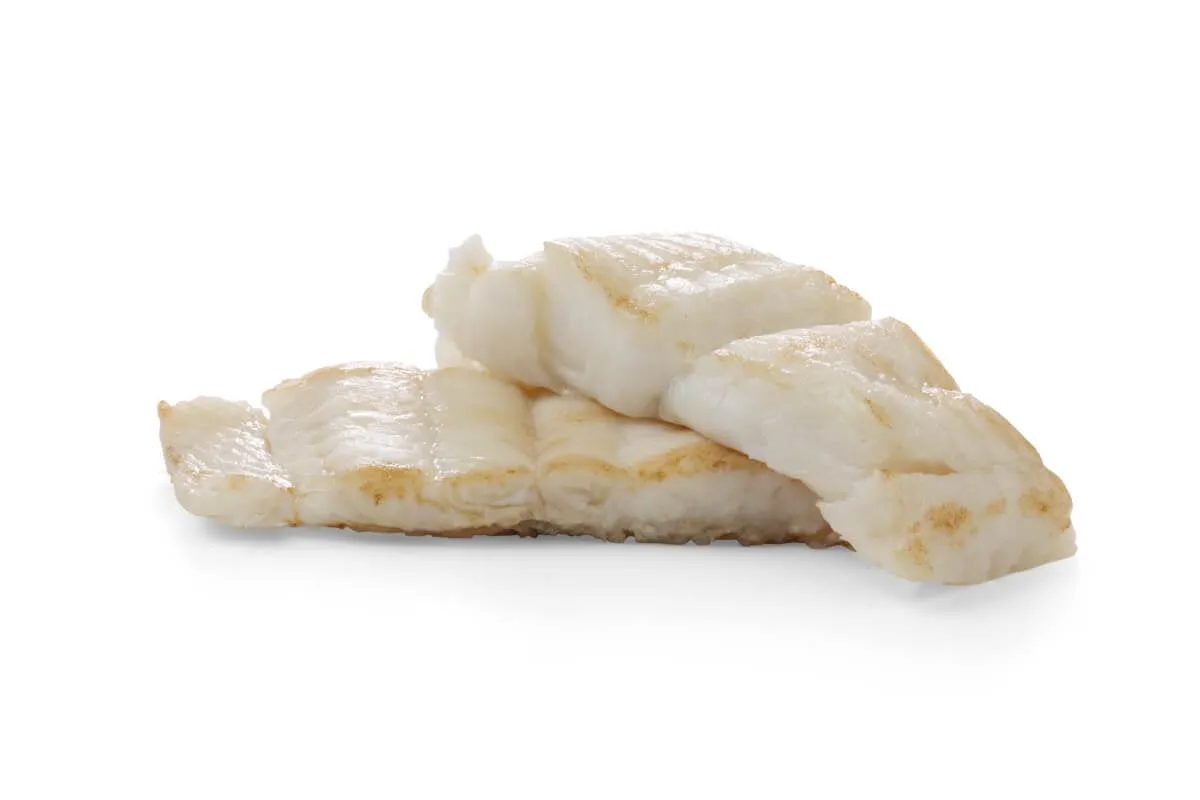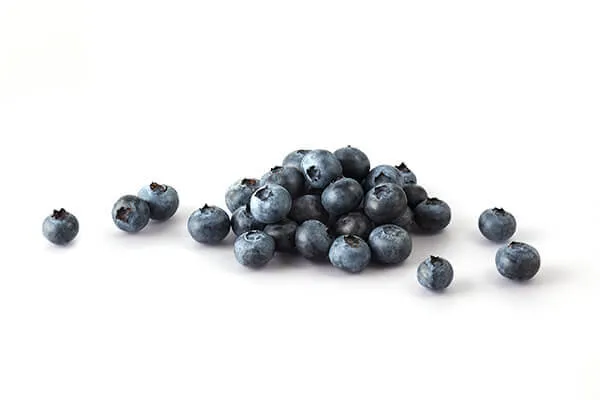Dealing with a dog that has digestive issues can be challenging for any pet owner. When your furry friend struggles to process fat, finding the right food becomes a top priority. This is where Low Fat Blue Buffalo Dog Food emerges as a strong contender, specifically formulated to support gastrointestinal health. Blue Buffalo’s Natural Veterinary Diet™ GI Gastrointestinal Support Low Fat formula is designed with easily digestible ingredients and beneficial fibers to help manage sensitive digestive systems. This article will delve into the specifics of this specialized diet, its key ingredients, and why it’s often recommended by veterinary professionals.
The Blue Buffalo Natural Veterinary Diet GI Gastrointestinal Support Low Fat dog food is a testament to the brand’s commitment to providing targeted nutritional solutions for pets with specific health needs. Unlike general commercial dog foods, this formula is developed under the guidance of veterinary professionals and nutritionists, ensuring it addresses concerns like fat malabsorption and the need for balanced gut bacteria. The primary goal is to offer a palatable and effective diet that promotes better digestion and nutrient absorption for dogs experiencing gastrointestinal distress.
Understanding the Need for Low Fat Dog Food
Dogs, much like humans, can suffer from various gastrointestinal conditions that affect their ability to digest fats. Conditions such as pancreatitis, exocrine pancreatic insufficiency (EPI), or general fat intolerance can lead to symptoms like vomiting, diarrhea, weight loss, and lethargy. In such cases, a diet with reduced fat content is crucial. A low fat Blue Buffalo dog food option like the GI Gastrointestinal Support formula helps to alleviate the burden on the digestive system, allowing the dog’s body to absorb nutrients more efficiently without the adverse reactions associated with high-fat meals.
The selection of ingredients in veterinary-formulated diets is meticulous. For dogs with sensitive stomachs, ingredients that are inherently easy to digest are prioritized. This approach minimizes the risk of triggering further digestive upset and aids in the recovery process. Furthermore, the inclusion of prebiotic fibers plays a vital role in promoting a healthy gut microbiome, which is fundamental for overall digestive well-being. A balanced gut flora can improve nutrient absorption, support immune function, and reduce inflammation.
 Whitefish as a primary protein source in low fat dog food
Whitefish as a primary protein source in low fat dog food
Key Ingredients and Their Benefits
The success of the low fat Blue Buffalo dog food formula lies in its carefully selected components:
- Whitefish: This primary protein source is highly palatable and easier to digest for many dogs compared to common protein sources like chicken or beef. It also provides essential Omega-3 fatty acids, which are beneficial for skin and coat health and can help reduce inflammation.
- Potatoes: As a source of easily digestible carbohydrates, potatoes provide energy without putting undue stress on the digestive tract. They are also rich in essential vitamins and minerals.
- Chicken Meal: While whitefish is the first ingredient, chicken meal is also included as a concentrated source of protein. When carefully processed, it can be highly digestible and provides supplemental energy and nutrients.
- Flaxseed: A rich source of fiber and Omega-3 fatty acids, flaxseed aids in promoting healthy digestion and contributes to a lustrous coat.
- Pumpkin: Known for its high fiber content, pumpkin is a well-regarded ingredient for digestive health. It helps to regulate bowel movements, whether a dog is experiencing diarrhea or constipation.
- Blueberries and Cranberries: These antioxidant-rich fruits provide essential vitamins and support overall health.
- L-Carnitine: This amino acid is important for energy metabolism and can support healthy weight management, which is often a concern for dogs with digestive issues.
These ingredients work synergistically to provide a balanced and nutritious meal that caters to the specific needs of dogs with gastrointestinal sensitivities. The emphasis is on digestibility, nutrient absorption, and supporting the gut’s natural processes.
 Blueberries and cranberries as antioxidant-rich ingredients
Blueberries and cranberries as antioxidant-rich ingredients
Exclusive LifeSource Bits™ for Enhanced Nutrition
A distinctive feature of Blue Buffalo products, including their veterinary diet line, is the inclusion of LifeSource Bits™. These are small, cold-formed kibbles packed with a precise blend of antioxidants, vitamins, and minerals. They are developed by veterinarians and animal nutritionists to support crucial aspects of a dog’s health:
- Immune System Support: Antioxidants help combat free radicals, bolstering the dog’s natural defenses.
- Life Stage Requirements: The nutrient profile is tailored to meet the specific needs of dogs throughout their lives.
- Healthy Oxidative Balance: This helps protect cells from damage, contributing to overall vitality.
The cold-forming process is critical as it helps to preserve the potency of the sensitive nutrients within the LifeSource Bits™. Unlike high-heat cooking methods that can degrade heat-sensitive vitamins and antioxidants, this gentle process ensures that dogs receive the maximum benefit from these essential additions. This commitment to ingredient integrity is a hallmark of Blue Buffalo’s philosophy.
 Blue Buffalo's LifeSource Bits
Blue Buffalo's LifeSource Bits
The True BLUE Promise
Blue Buffalo stands by its commitment to using only the finest natural ingredients, encapsulated in their “True BLUE Promise.” For the GI Gastrointestinal Support Low Fat formula, this means:
- Real Deboned Whitefish as the First Ingredient: Emphasizing a high-quality, digestible protein source.
- No Chicken (or Poultry) By-Product Meals: Avoiding less digestible and lower-quality protein sources.
- No Corn, Wheat, or Soy: Eliminating common allergens and fillers that can contribute to digestive issues in sensitive dogs.
- No Artificial Flavors or Preservatives: Ensuring a clean, natural diet free from unnecessary additives.
This philosophy underscores the brand’s dedication to providing wholesome nutrition that prioritizes the health and well-being of dogs.
Feeding Guidelines and Transitioning
When introducing any new food, especially a specialized veterinary diet, a gradual transition is essential. Blue Buffalo recommends a 14-day transition period, starting by mixing 25% of the new low fat Blue Buffalo dog food with the dog’s old food. Gradually increase the proportion of the new food over the next two weeks to allow the dog’s digestive system to adjust.
The feeding guidelines provided are a starting point and should be adjusted based on the individual dog’s age, breed, activity level, and environment. A veterinarian’s consultation is always recommended to determine the optimal feeding amount for your dog’s specific needs.
Typical Feeding Guide (Cups per day based on weight):
| Weight (lbs) | Cups per day |
|---|---|
| Up to 15 | ½ – 1 ½ |
| 16 – 25 | 1 ½ – 2 ¼ |
| 26 – 40 | 2 ¼ – 3 ¼ |
| 41 – 60 | 3 ¼ – 4 ½ |
| 61 – 80 | 4 ½ – 5 ½ |
| 81 – 100 | 5 ½ – 6 ½ |
| Over 100 | 6 ½ cups + ½ cup for each additional 20 lbs |
Calorie Content: 3,266 Kcals/kg, 297 Kcals/cup
Always ensure that a clean bowl of cool, fresh water is available for your dog at all times.
Guaranteed Analysis
The low fat Blue Buffalo dog food GI Gastrointestinal Support formula is formulated to meet the nutritional levels established by the AAFCO Dog Food Nutrient Profiles for maintenance.
| Ingredient | Percentage |
|---|---|
| Crude Protein | 24.0% min |
| Crude Fat | 6.0% min and 9.0% max |
| Crude Fiber | 6.0% max |
| Moisture | 10.0% max |
| Calcium | 0.7% min |
| Phosphorus | 0.5% min |
| Vitamin E | 300 IU/kg min |
| Soluble Fiber* | 1.0% min |
| Omega 3 Fatty Acids* | 0.5% min |
| Omega 6 Fatty Acids* | 1.1% min |
| Taurine* | 0.10% min |
| Ascorbic Acid (Vit C)* | 100 mg/kg min |
| L-Carnitine* | 100 mg/kg min |
*Not recognized as an essential nutrient by the AAFCO Dog Food Nutrient Profiles.
This guaranteed analysis highlights the carefully controlled fat content, which is a critical factor for dogs with digestive issues. The balance of protein, fiber, and essential fatty acids further contributes to a comprehensive nutritional profile. For owners seeking the best dog food kibble for large dogs or alternatives for dogs experiencing stomach problems, understanding these nutritional details is paramount.
When to Consider a Low Fat Diet for Your Dog
If your dog exhibits persistent symptoms such as:
- Frequent vomiting or diarrhea
- Lethargy or lack of energy
- Unexplained weight loss
- Greasy stools or steatorrhea
It is crucial to consult with your veterinarian. These symptoms can indicate underlying gastrointestinal disorders that require professional diagnosis and management. A veterinarian may recommend a specialized diet, like the low fat Blue Buffalo dog food, as part of the treatment plan. For instance, if your dog has a bloated stomach and won’t eat, immediate veterinary attention is necessary, and dietary adjustments will likely follow.
Choosing the right food for a dog with a sensitive stomach is an act of care and responsibility. Blue Buffalo’s Natural Veterinary Diet GI Gastrointestinal Support Low Fat formula offers a veterinarian-approved solution, combining high-quality ingredients with targeted nutritional benefits to help your canine companion achieve optimal digestive health. Always work closely with your veterinarian to ensure the best possible care for your furry family member.
